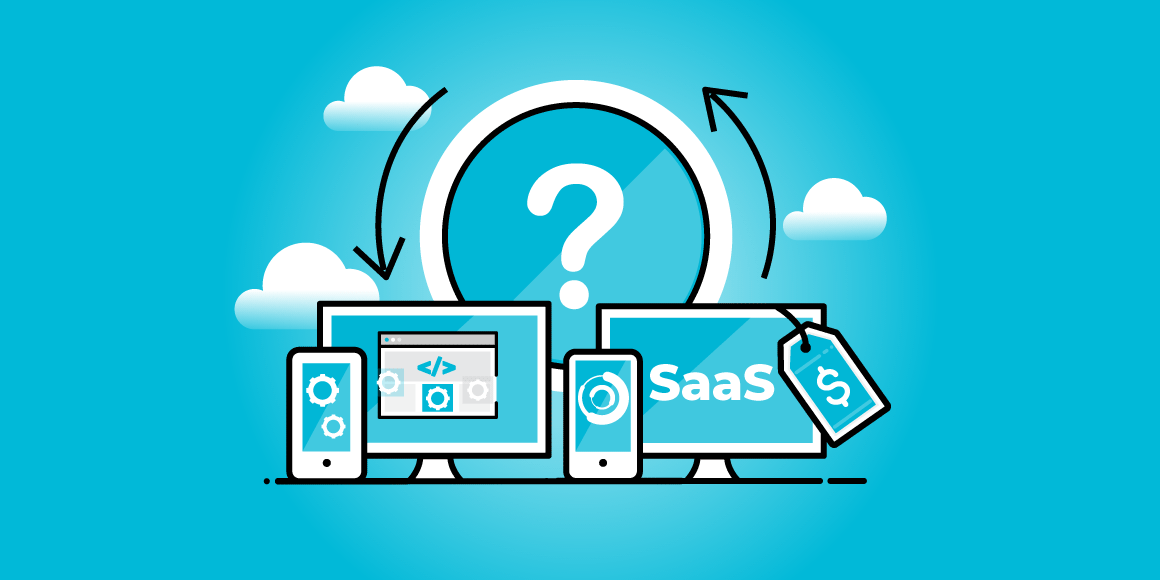As Larry Walsh of ChannelNomics describes, this is the first time we are going through so many megatrends at once. Pandemic experience, demographic shifts, geopolitical-economic instability, increase in customer expectations, the need to make technology sustainable, and so on. All of this amalgamates into a likely recession.
Although it’s difficult to predict the exact repercussions of a recession, we know there are a multitude of strategies businesses can leverage to survive and thrive during times of economic instability. So how do you turn lemons into lemonade? Well, during the Great Depression, while their competitors did the predictable thing and cut advertising and spending, cereal brand Kellogg snap-crackle-and popped its way to the top by doubling its marketing budget and launching aggressive ads and rebates around their new product. The result? A 30% profit increase and a lasting reputation as the industry’s dominant player.
With the right strategies and resources in place, businesses have every opportunity to engage and enable their channel in ways that not only keep sell-through opportunities alive but ensure longer term loyalty with partners. Here are some ways to recession-proof and grow your channel.
Partners Are More Important than Ever In Economic Downturns:
Channel partners become even more integral during times of economic instability as the potential for layoffs and workforce turnover looms over CIOs and internal IT departments. Those organizations still need to get the work done and turn to your partners. There’s truly no better time to leverage them as a true extension of your sales and marketing efforts. Of course, ensuring that the impact of a recession is minimized wherever possible must be at the forefront of any vendors channel efforts as things slow down. But recessions can be an advantageous time to educate, engage, and enable your network of resellers, dealers and distributors as well.
If there is an economic downturn, your partners are going to start suggesting purchase decisions based more on what’s most lucrative to them. That is where SPIFs, MDF, and Rebates/Cash Back come in. As the Kellogg example taught us, it’s ok to think outside the box and be aggressive with spend around your go-to-market strategies.
At the end of the day, it’s imperative that vendors understand how the market is changing and be able to innovate alongside it. Whether its channel promotions based on sell-through or sell-out, or consumer promotions based on a purchase, economic downturn can be a lucrative time to double down on unique promotional strategies that are based on post-buy since you only pay on deals closed.
Automate and Digitize Processes:
Times of economic instability can also be an ideal period to invest in streamlined and automated processes. For businesses who might be resistant to new technology, now is the perfect opportunity to digitize manual processes and outdated systems. Those still managing channel programming using spreadsheets and legacy systems can gain more insight and visibility into their channel and be better equipped to make informed decisions going forward. When economic improvement begins, it will be all about how quickly organizations can respond. If you have true visibility into what’s working and what’s not, you’ll be in a great position coming out of the recession. By automating processes now, organizations will be far more agile when an economic uptick occurs.
Stay Ahead of the Game:
Coming out of the recession, organizations need to ensure they have a scalable, efficient business and channel that can take advantage of new growth opportunities. The reality is, if you don’t spend on your channel now, the partners you want to work with will not be available to you later. They will be partnered with the companies who provided resources to educate them, enable them and yes, incentivize them.






